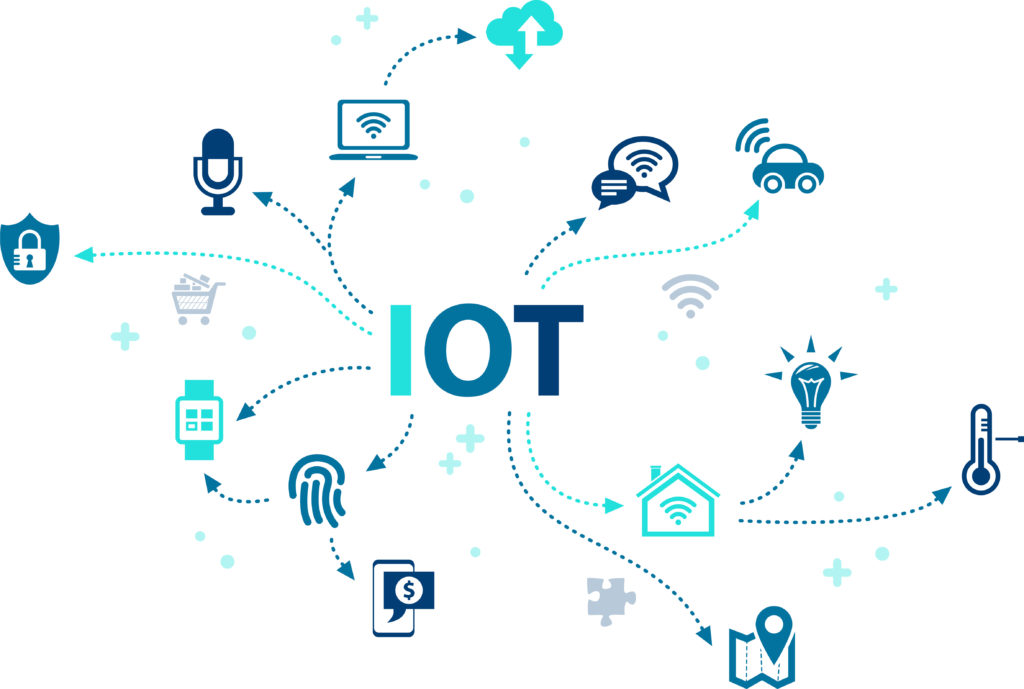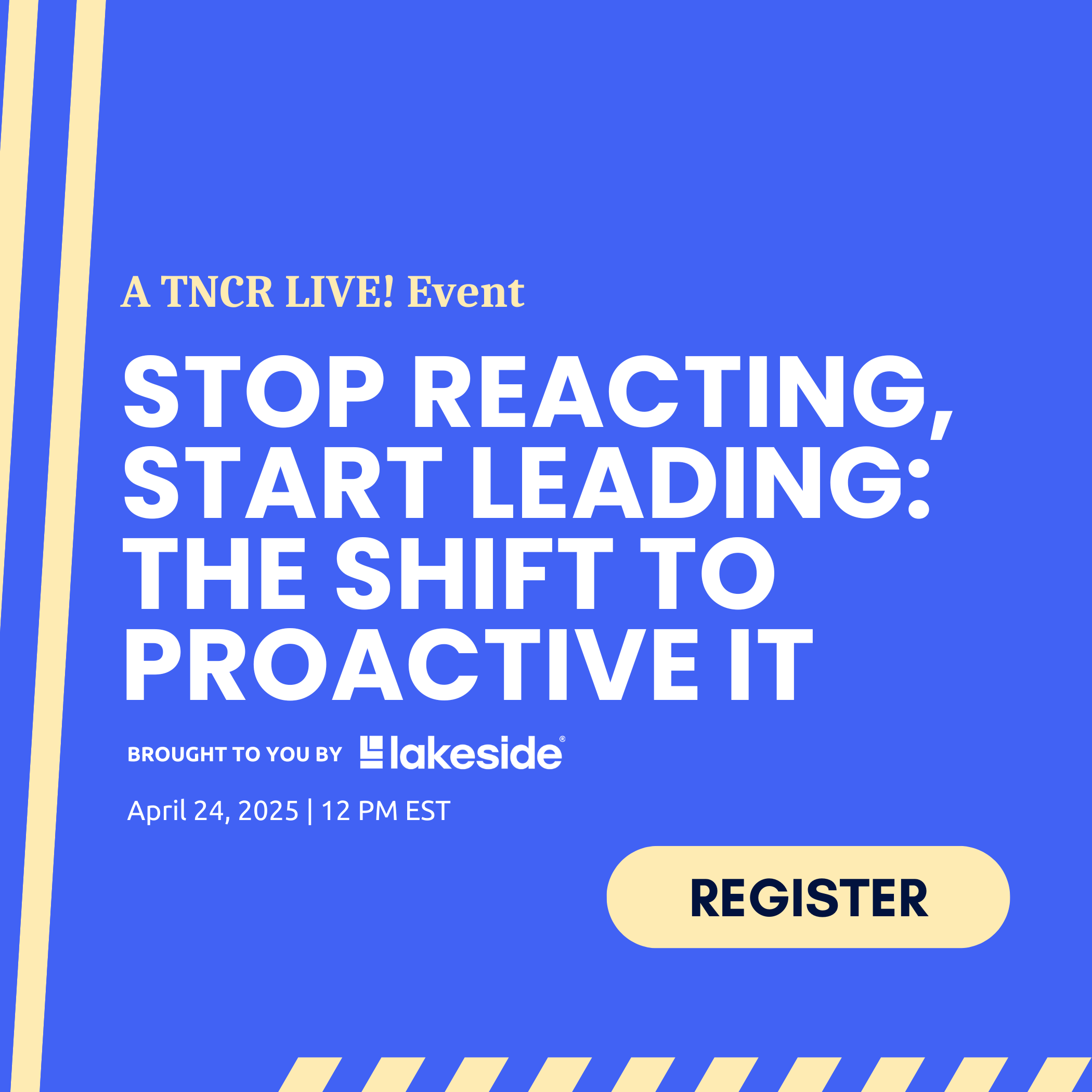Recently, we published an analysis of the last decade for technology leaders followed by some prospective thoughts on what lies ahead for these professionals. Technological change is a central factor in each article: It constantly pushes the best leaders to simultaneously adjust to the present and prepare for the future. Technology executives must always quickly adapt to current change, but the best leaders prepare themselves for new developments on the horizon as well. Perfectly forecasting a new disruption (like the rise of blockchain, for example) may not always be possible, but proactive leadership that looks to the future is always more valuable than purely reactive strategies that lack a cohesive vision.
The most important leadership trait related to technological change is the ability to accurately determine when and where technology should be used once it surfaces. As fascinating as new developments often are, the temptation to chase trends can have devastating results. CIOs and CTOs who prematurely rush to adopt popular innovations without fully understanding their uses often put their companies in detrimental positions. Blockchain, Artificial Intelligence (AI) and the Internet of Things (IoT) showcase both the risks and rewards of emerging innovations. All three technologies have interesting, industry-shaping applications, but still come with significant drawbacks. Taken together, these three cases illustrate a broad picture: change and innovation demand strong leadership to decide when and where new technologies should be deployed for best business results.
Blockchain
Blockchain as a technology has significant business uses that go far beyond the cryptocurrency it is most known for. Corporations like IBM are already promoting the transparency that using a blockchain ledger for financial transactions could provide. This technology could also heavily affect the automobile industry, and others see potential uses for licensing or contracts. In short, there is no shortage of opportunities for the kind of de-centralized information record that blockchain could provide. Given the significant interest it has already attracted and the potential for rapid expansion, it seems likely that this technology will be on the forefront of major shifts in the next few decades.

Despite the promise of cross-industry improvements, blockchain as a technology also has real limitations that should make technology leaders cautious. In fact – as Moshe Kranc, CTO for Ness noted – some of this technology’s central characteristics make it untenable for many uses. Since blockchain operates as a single, decentralized ledger, it struggles in any scenario that demands speed or efficiency. Kranc writes, “Technological advances will surely increase the throughput of blockchain-based ledgers, but they will still remain far slower than commercial databases.” For example, while blockchain may be useful for keeping legal records, it would be far less effective for processing high-volume sales. In its current state, blockchain is far from a universal data or transactional platform for IT leaders.
The potential uses of blockchain, coupled with its significant drawbacks, signal the importance of good technology leadership. In practice, this means that CIOs and CTOs should carefully evaluate the platform’s benefits, costs, and overall applicability based on specific circumstances. For many companies, this technology could offer real benefits. It is easy to imagine CIOs and CTOs in the financial services industry properly adopting blockchain. There are potential applications for medical devices as well. Jodi Eddy, Chief Information and Digital Officer of Boston Scientific, told us that “new technologies, RPA and blockchain are interesting, especially in the supply chain arena.” However, the technology’s limitations demand that the best leaders carefully evaluate its strengths and weaknesses before adoption. Announcing plans to deploy blockchain may look enticing to potential shareholders or observers, but quickly integrating any platform without careful vetting or full planning could severely hamper its usefulness.
Artificial Intelligence (AI)
Artificial Intelligence (AI) is another innovation that poses challenges for technology leaders and is already moving into many businesses. Steve Lohr, for the New York Times, noted some of AI’s important applications in today’s workforce. He wrote, “New software is automating mundane office tasks in operations like accounting, billing, payments and customer service,” continuing, “So far, often in pilot projects focused on menial tasks, artificial intelligence is freeing workers from drudgery far more often than it is eliminating jobs.” The benefits from this article are immediately inspiring – CIOs and CTOs who can eliminate unnecessary IT tasks through automation can free their teams up to pursue much bigger changes. Using AI to improve security, for example, could lead to more time spent on upgrading cloud storage or networks, which in turn could lead to more business success.

Given its evolving nature, there are many reasons to be cautious about AI adoption, most of which flow from reliability. Keith Rankin, for MIT Technology Review, reflected that one of AI’s fundamental problems is that many automated systems are often impossible to understand. Using self-driving cars as one example, Rankin argued that, “The system is so complicated that even the engineers who designed it may struggle to isolate the reason for any single action.” In short, since many AI processes are inherently inscrutable, inevitable problems with the technology can end up being essentially unsolvable in some cases. To return to the example of using AI for security automation, adopting technology that isn’t always transparent or ready could lead to resource mismanagement or even security vulnerabilities.
The benefits and drawbacks of AI adoption mean that technology leaders need to approach this area of innovation carefully. However, the benefits are impossible to ignore. Phil Crawford, then CTO for Godiva, told us that, “AI will be a game changer in our industry. It will improve our internal support, optimize infrastructure, be a predictive moderator for production systems, enhance the customer experience, and improve our inventory management.” Crawford’s strategy demonstrates how technology leaders should approach this new field – his approach maximized the dividends that AI could bring to consumer goods as he continued to develop Godiva’s strategy.
Internet of Things
The Internet of Things (IoT) ingrains itself in consumers’ lives more and more every day. Any device outside of a smartphone or computer that can connect to the internet typically falls under this definitional umbrella, including items such as thermostats or refrigerators. Business Insider Intelligence projected 24 billion IoT devices installed by 2020, a number that rides largely on the success of companies like Amazon and Google. Given the increasing ubiquity of these devices and platforms, there are increasing opportunities for technology leaders to capitalize on new market opportunities.

While one glaring drawback to IoT devices is security vulnerabilities, the CIOs and CTOs who want to help their companies design an IoT strategy also need to prioritize responsible use of both time and resources. In practical terms, this means making sure that their usage of connected devices adds useful services that don’t overload platforms. Peter Buonara praised Starbucks’ use of IoT strategies for the Enterprisers Project, noting the importance of making sure that current technology systems can handle the necessary influx of new data. He wrote, “there are always ties into current systems and systems of record, as well as data and master data, so bringing all of these pieces together to give you something that will solve a real customer problem is a new kind of challenge.”
Some of the technology leaders we spoke to have already started mapping their IoT strategies. Mike Nettles, CIDO for Papa John’s, told us that these platforms factor heavily into his future strategies. He said, speaking about devices like the Amazon Echo or Google Home, “Voice ordering may one day replace any and all screens, which would also change payment and authentication requirements as well.” Nettles’ strategy here is indicative of what good leaders should strive for – resistant of trend chasing but also cognizant of how future evolutions could impact their industries.
Conclusion
Blockchain, AI and IoT devices all have significant implications for business and technology. These innovations are so interesting largely because of their relative youth, a newness that means their full significance may not yet be visible. CIOs and CTOs still have the opportunity to be early adopters of these new platforms and be among the first to fully utilize them in their respective fields. As tempting as this opportunity is, the leaders we spoke to demonstrate the importance of good planning and careful strategy. Technology should never be ignored just because it is new or scary, but leaders always need to exercise caution and planning when adopting new platforms or innovations.

As we have pointed out before, the paths to blending IT and business success – the end goals of any successful technology leader – vary drastically based on specific circumstances. In the case of new and emerging technology, the same variance is true. IoT devices and AI innovations may redefine any number of industries to the degree that they are scarcely recognizable 15 years from now. By this same token, a strategy that works well in financial services, for example, may be wholly inappropriate in consumer goods. It falls to CIOs and CTOs to ensure that the early adoption of new technology doesn’t mean empty trend-chasing and resource mismanagement. As businesses change and evolve, the best leaders will make sure that their companies invest their money and resources responsibly.






